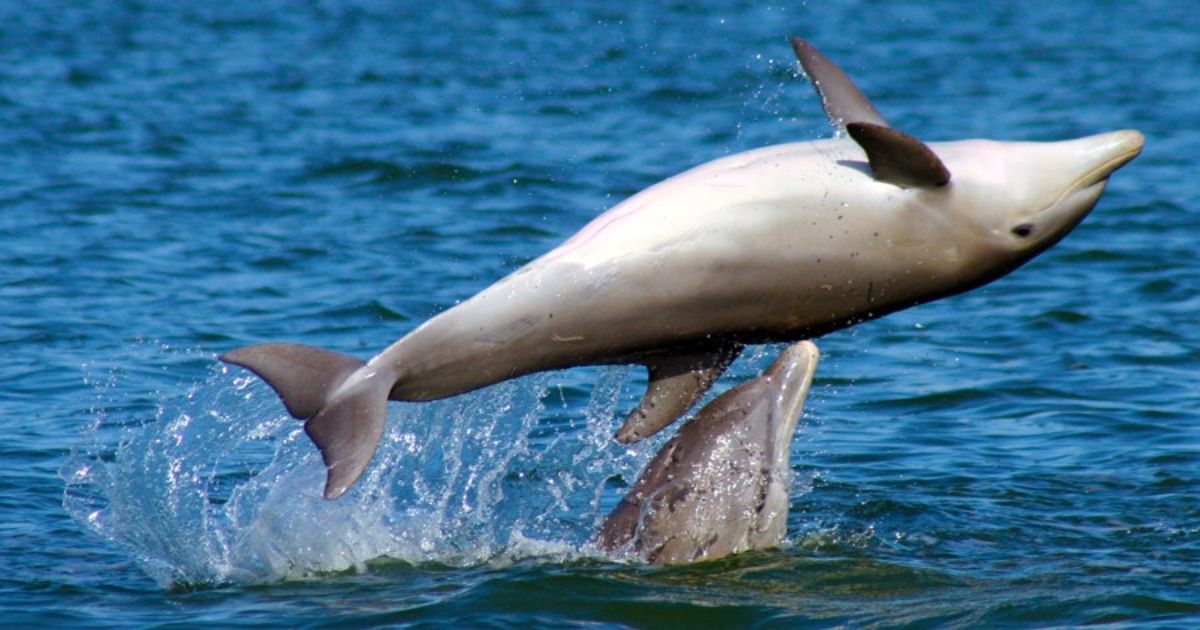An 18-year-long research project led by experienced animal behaviourist, Professor Ann Weaver (Good-Natured Statistics Consulting) reveals the complex impacts of coastal construction on the behaviour of bottlenose dolphins in John’s Pass, Florida, and reinvigorates calls for better management of coastal building projects.
Marine life is increasingly affected by the accelerating pace of construction in coastal zones. Understanding the nature and magnitude of the impacts of this activity on local wildlife is vital for the protection of habitats and ecosystems.
Disruption caused by coastal construction takes many forms, including increased noise levels, illumination, and vessel traffic. As dolphins rely on the use of sound in a number of key behaviours, including navigation, communication, and feeding, they are particularly vulnerable to noise pollution caused by construction-related activities like dredging and pile-driving.
Over the course of an 18-year ethological study, Professor Ann Weaver observed the behaviour of free-ranging bottlenose dolphins in John’s Pass, Florida, a narrow corridor of water earmarked for a bridge replacement project. This area was frequented by dolphins prior to the start of construction work and provided a perfect opportunity to study any changes in their behaviour.
Weaver’s findings reveal a complex behavioural response from the dolphins. Some behaviours, such as stewarding juveniles and feeding, were deeply impacted by disruption caused by the construction work. Other behaviours, such as socialising, were less impacted. Weaver’s evidence is the first to suggest that human impacts may not affect all a species’ behaviours the same way, an important warning to other researchers and policymakers. For example, the number of dolphins seen in areas affected by coastal construction can be misleading as high numbers may not necessarily indicate low levels of disturbance. As creatures of habit, dolphins may still be visiting human-degraded areas in order to participate in limited and specific activities, behaviour which may mask the fact that, for example, all feeding is taking place elsewhere.
In other words, Weaver’s work suggests that dolphins may change some of their habits but not others in response to human disruption; for Weaver, it is imperative that other behavioural adaptations are considered by researchers to assess the impact of coastal construction projects on coastal cetaceans.
Weaver said, “Responsible stewardship of the Earth is needed. Implementation requires specifically ear-marked funds from governments and construction companies to pay for data on every coastal construction project. The cost of securing sound scientific guidance before coastal construction starts is a fraction of lost tourism dollars when, without science, wildlife is gone when construction ends, and so are the tourists. Science pays dividends.”
This research is particularly relevant as the US Department of Transportation’s Federal Highway Administration has a list of over 4,000 bridges in Florida that need urgent repair work. This means it’s highly likely that further construction projects will take place in waters where dolphins abound.
Protecting bottlenose dolphins from coastal construction - Research Outreach



